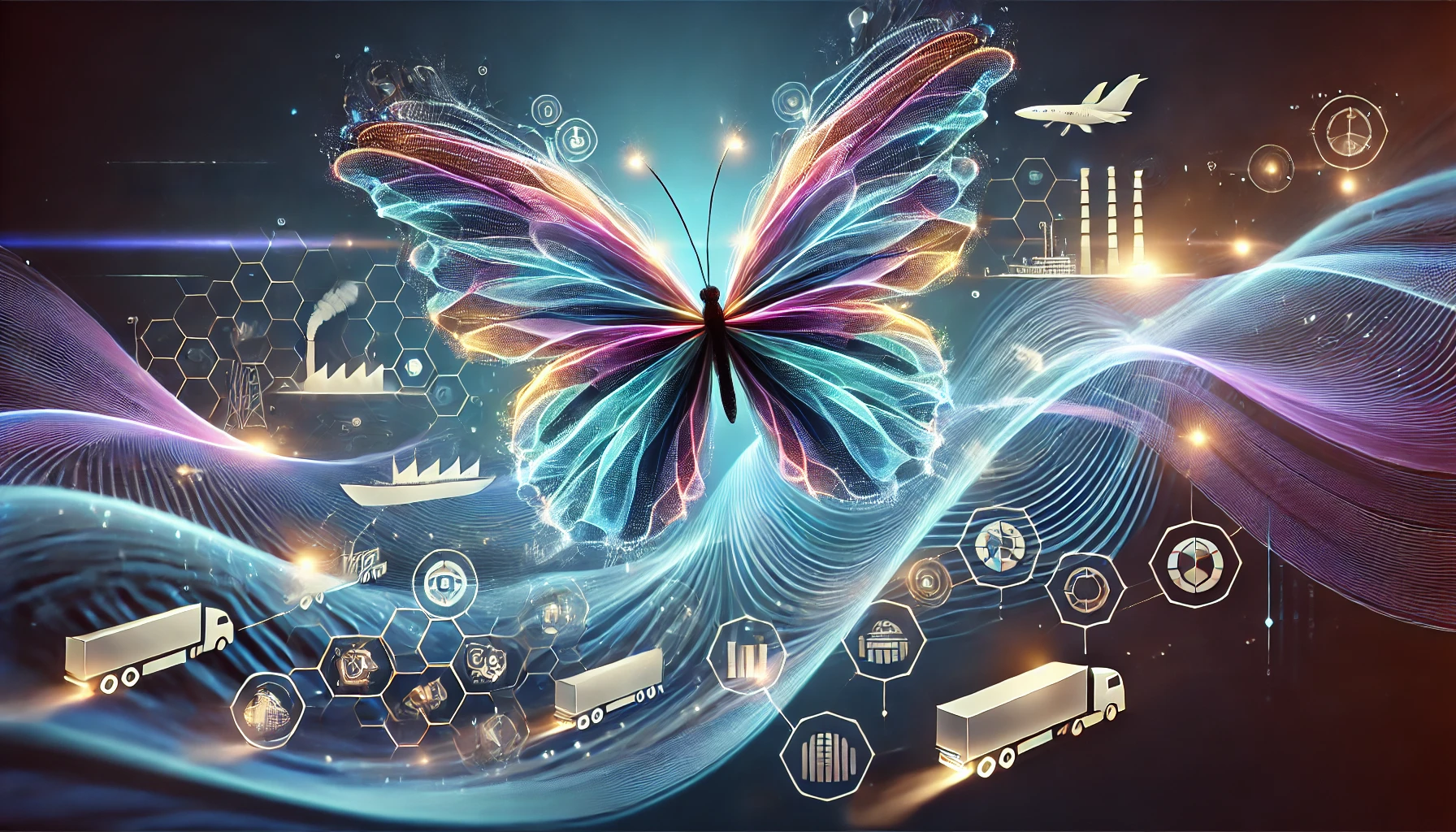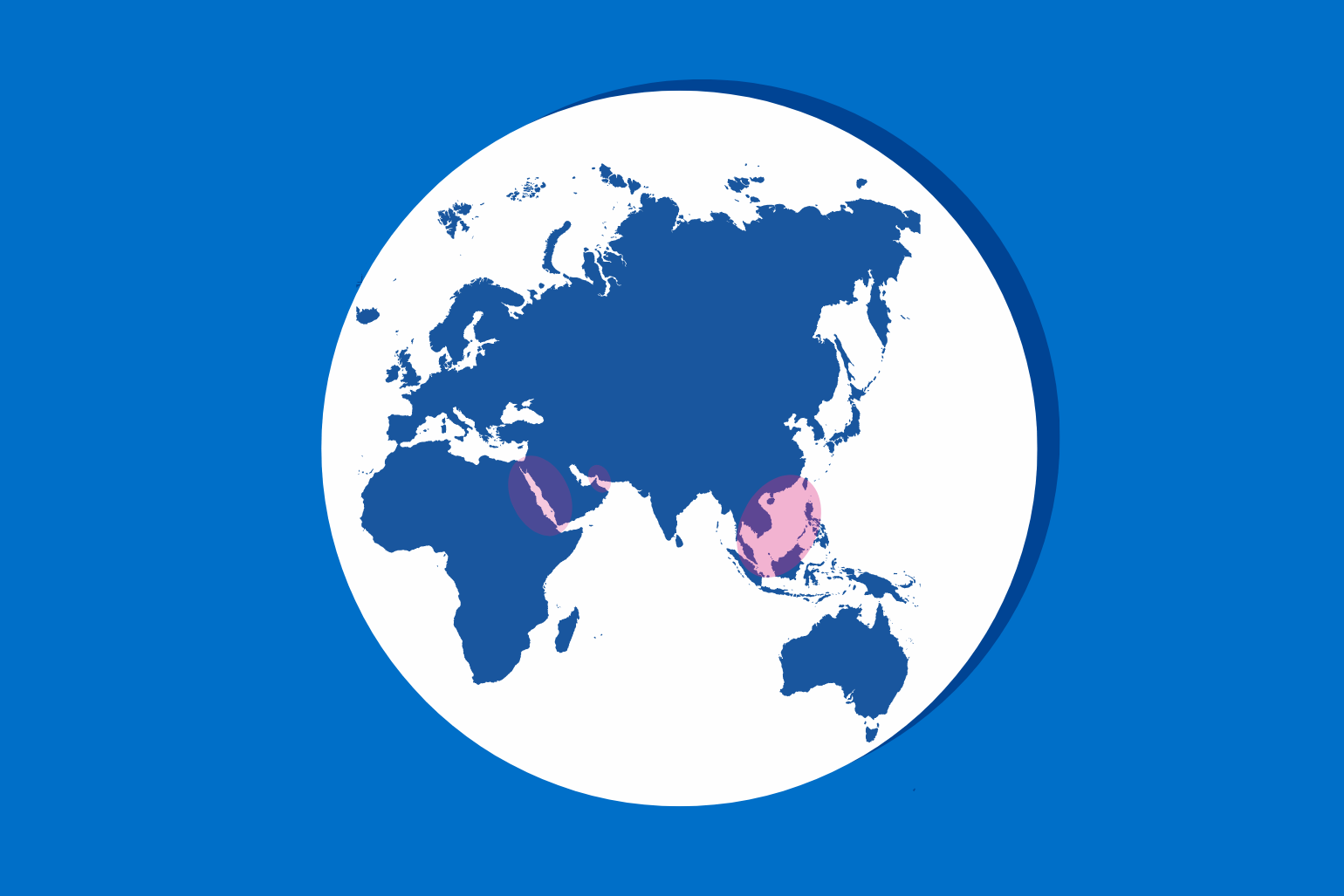The Butterfly Effect in Business: How Tiny Changes Are Reshaping Complex Industry Predictions
In an increasingly interconnected global business landscape, the concept of the butterfly effect has never been more relevant. Small changes in one part of the business ecosystem can trigger cascading effects that reshape entire industries. This phenomenon, first described in chaos theory, has become a crucial consideration for modern business strategy and planning.
Understanding the Business Butterfly Effect
The butterfly effect in business refers to how seemingly minor events or decisions can have far-reaching consequences across industries and markets. In today's hyper-connected economy, these ripple effects occur faster and with greater impact than ever before.

Recent Examples of the Butterfly Effect in Action
Supply Chain Disruptions
One of the most striking examples of the butterfly effect in modern business comes from recent supply chain disruptions. As reported by the European Stability Initiative in mid-2024, attacks on vessels in the Red Sea created ripple effects that impacted global trade patterns and business operations worldwide. What started as a regional security issue transformed into a global economic challenge, affecting everything from retail prices to manufacturing schedules.

Technological Innovations
Small technological breakthroughs in AI and automation have triggered massive transformations across industries. What begins as a minor improvement in algorithm efficiency can lead to revolutionary changes in how entire sectors operate, from healthcare to financial services.
Predicting and Adapting to Complex Changes
Data-Driven Decision Making
Modern businesses are leveraging advanced analytics and AI to better understand and predict these butterfly effects. By monitoring early warning signals and analyzing interconnected data points, organizations can better prepare for potential disruptions and opportunities.
Building Resilient Systems
To thrive in this environment of constant change, businesses need to:
- Develop flexible operational models
- Maintain diverse supply chains
- Invest in predictive analytics
- Create adaptive organizational structures
- Foster innovation at all levels
The Role of Technology in Managing Complexity
Advanced technologies are becoming essential tools for managing the butterfly effect in business:
- AI and Machine Learning: Help identify patterns and predict potential cascading effects
- Blockchain: Provides transparency and traceability across complex supply chains
- Digital Twins: Enable simulation of different scenarios and their potential impacts
- Cloud Computing: Facilitates rapid response to changing conditions
Strategic Implications for Business Leaders
Short-term Considerations
- Regular scenario planning exercises
- Investment in early warning systems
- Development of agile response capabilities
Long-term Planning
- Building organizational resilience
- Creating adaptive business models
- Fostering innovation culture
Future Outlook
As we move forward in 2025 and beyond, the butterfly effect will likely become even more pronounced. The increasing interconnectedness of global markets, coupled with technological advancement, means that small changes will continue to have potentially massive impacts on business outcomes.
Key Takeaways
- Small changes can have massive impacts in modern business
- Technology plays a crucial role in predicting and managing these effects
- Resilience and adaptability are essential for long-term success
- Understanding interconnections is crucial for strategic planning
Start Your Journey to Better Business Understanding
Ready to dive deeper into understanding how these complex business dynamics affect your organization? Explore 01TEK's comprehensive courses and resources designed to help you navigate the butterfly effect in today's business landscape. Visit our website to discover how we can help you turn chaos into opportunity.
Sources:
There is only one success- to be able to spend your life in your own way.
Christopher Morley, journalist



